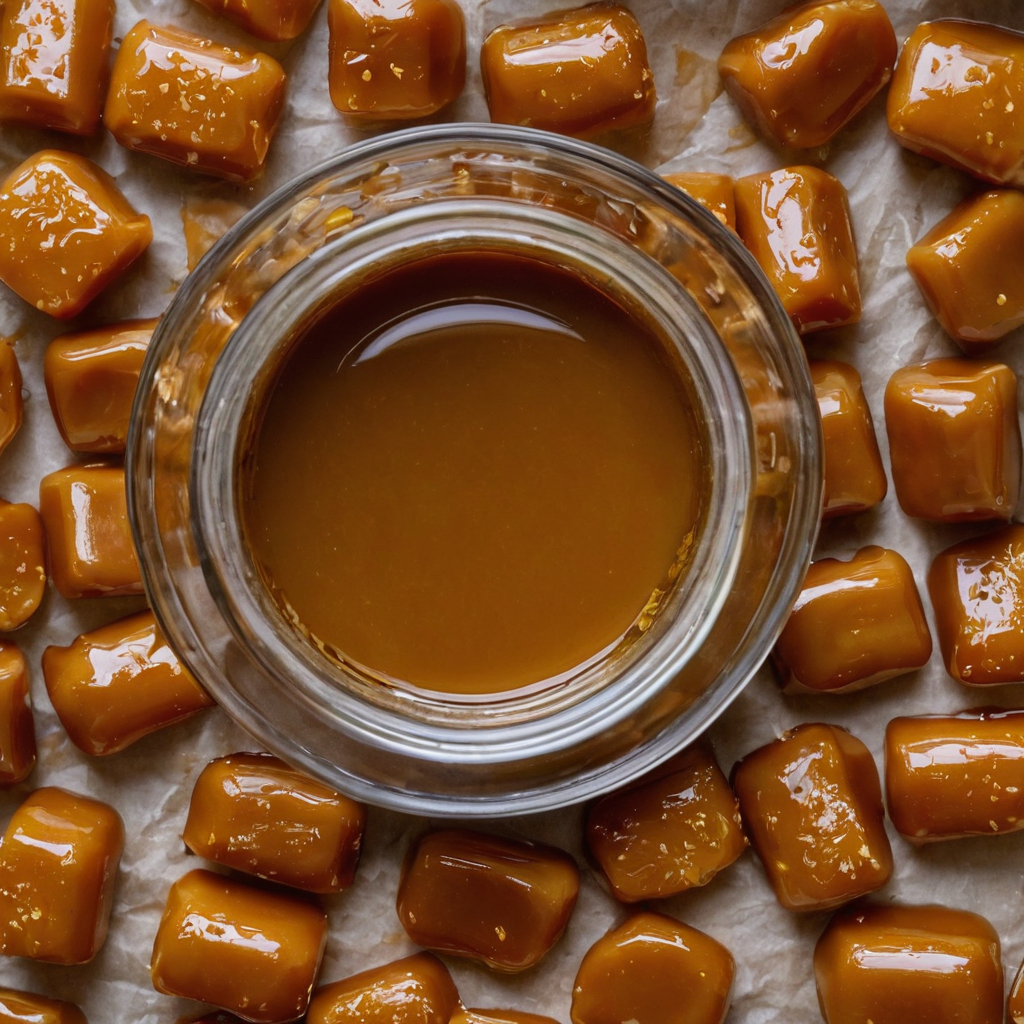How to Make it Perfectly Every Time
If you’re a fan of sweet treats, then you’re probably familiar with the deliciousness of caramel. This rich, buttery sauce is a versatile ingredient that can be used in a variety of desserts, from drizzling over ice cream to filling chocolate candies. While store-bought caramel is readily available, making your own homemade caramel is a fun and rewarding experience that can result in a truly delicious product.
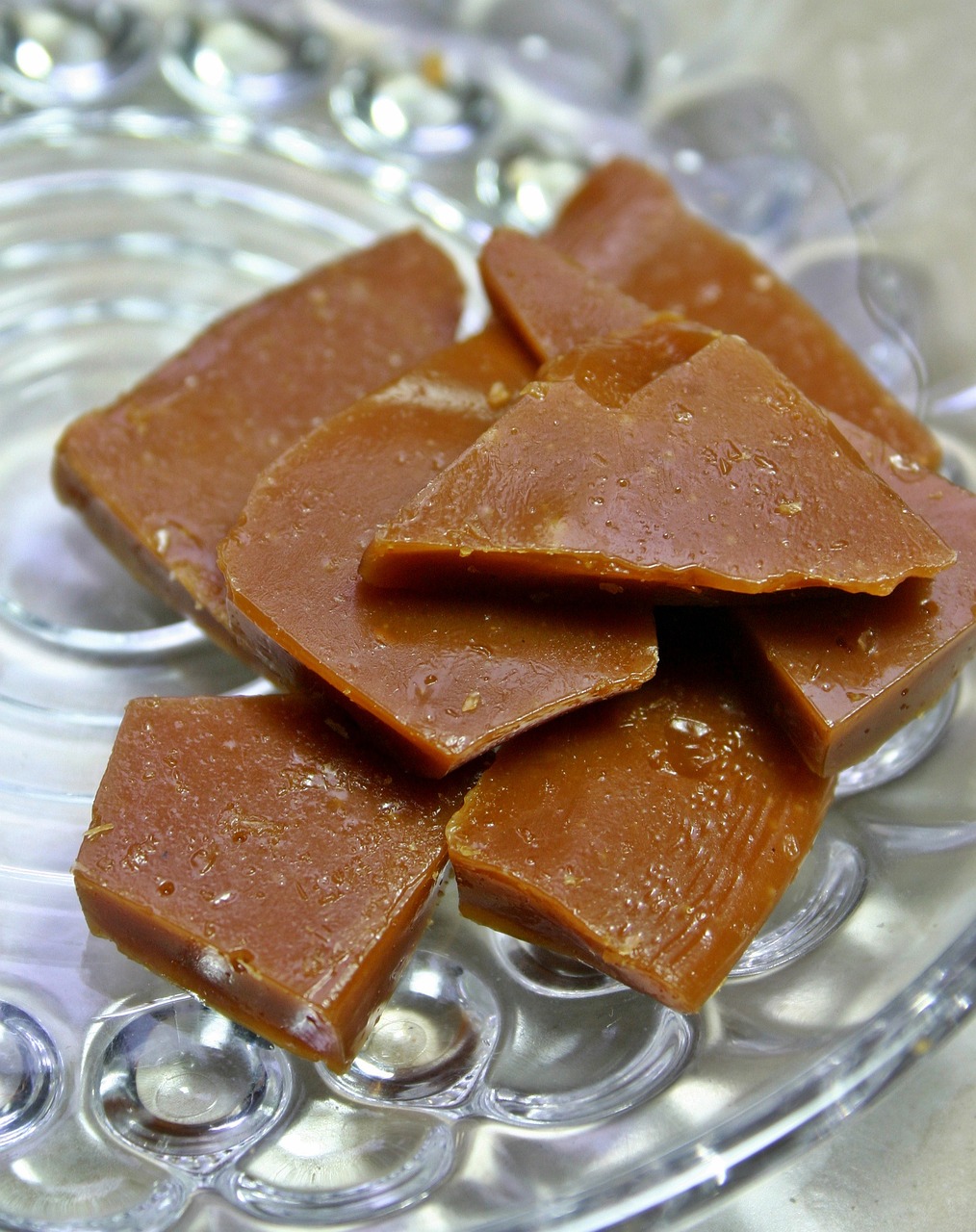
Homemade caramel is surprisingly easy to make with just a few simple ingredients. All you need is sugar, butter, cream, and a little bit of patience. By cooking the sugar until it melts and turns a deep amber color, then adding butter and cream to create a smooth, velvety sauce, you can create a homemade caramel that is far superior to anything you can buy at the store. And the best part? You can customize your homemade caramel to suit your tastes, adding in flavors like vanilla, sea salt, or bourbon for a unique twist.
The Basics of Caramel Making
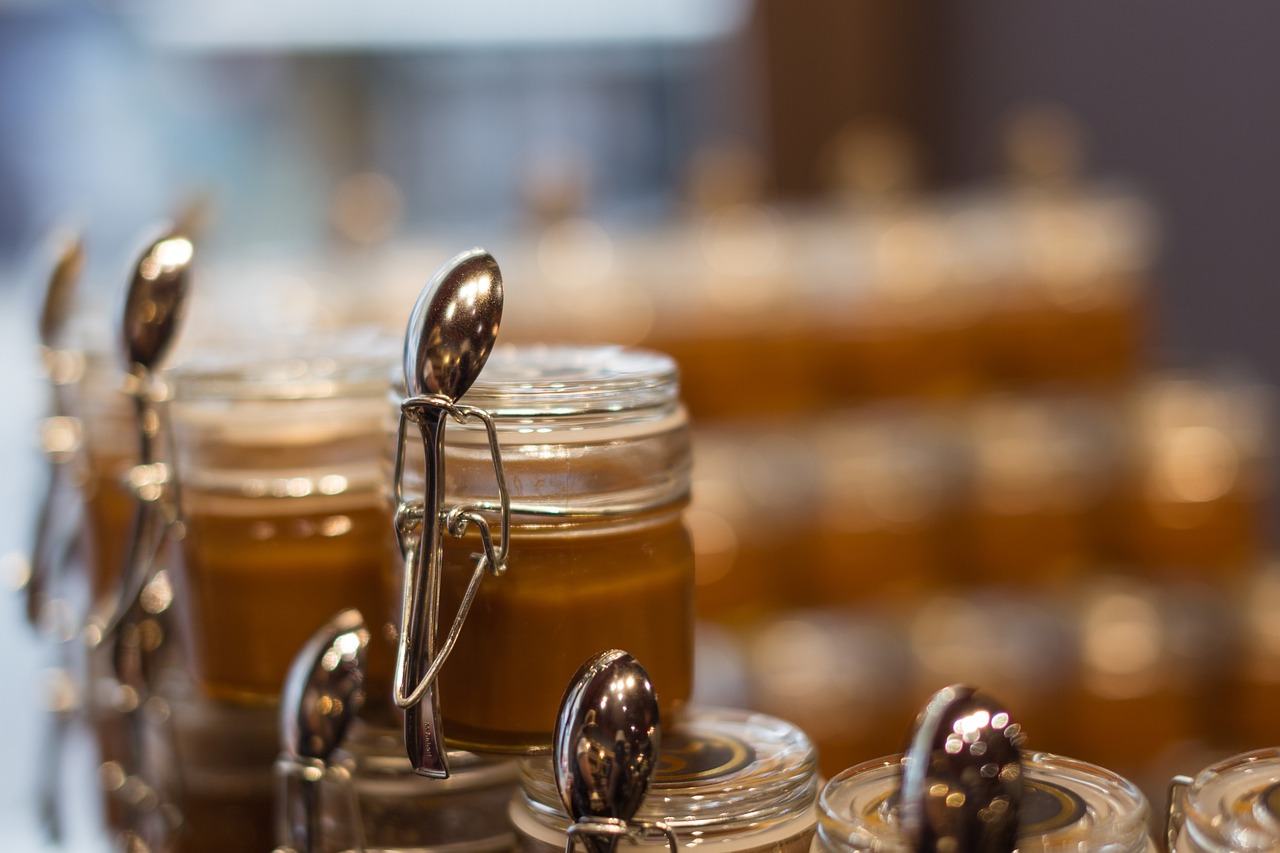
If you are new to caramel making, it can seem daunting. However, with the right equipment and a basic understanding of sugar chemistry, you can create delicious homemade caramel.
Understanding Sugar Chemistry
Sugar is the backbone of caramel. When heated, sugar undergoes a series of chemical reactions that ultimately result in the caramelization process. During caramelization, the sugar molecules break down and re-form into new compounds that give caramel its distinct flavor and color.
It’s important to note that different types of sugar behave differently during caramelization. For example, white granulated sugar is the most commonly used sugar for caramel making because it caramelizes evenly and predictably. Other sugars, such as brown sugar or honey, contain impurities that can affect the caramelization process.
Essential Equipment
To make caramel, you will need a few essential pieces of equipment. Here is a list of what you will need:
- Heavy-bottomed saucepan: A heavy-bottomed saucepan is essential for even heat distribution and preventing hot spots that can cause the sugar to burn.
- Whisk or wooden spoon: You will need a whisk or wooden spoon to stir the sugar as it melts and caramelizes.
- Candy thermometer: A candy thermometer is important for monitoring the temperature of the sugar as it heats. This ensures that the sugar reaches the correct temperature for caramelization without burning.
- Heat-resistant spatula: A heat-resistant spatula is useful for scraping the sides of the saucepan and ensuring that all of the sugar is evenly heated.
- Parchment paper: Parchment paper is necessary for lining the pan in which you will pour the caramel.
With these essential pieces of equipment and a basic understanding of sugar chemistry, you are ready to make delicious homemade caramel.
Choosing the Right Ingredients
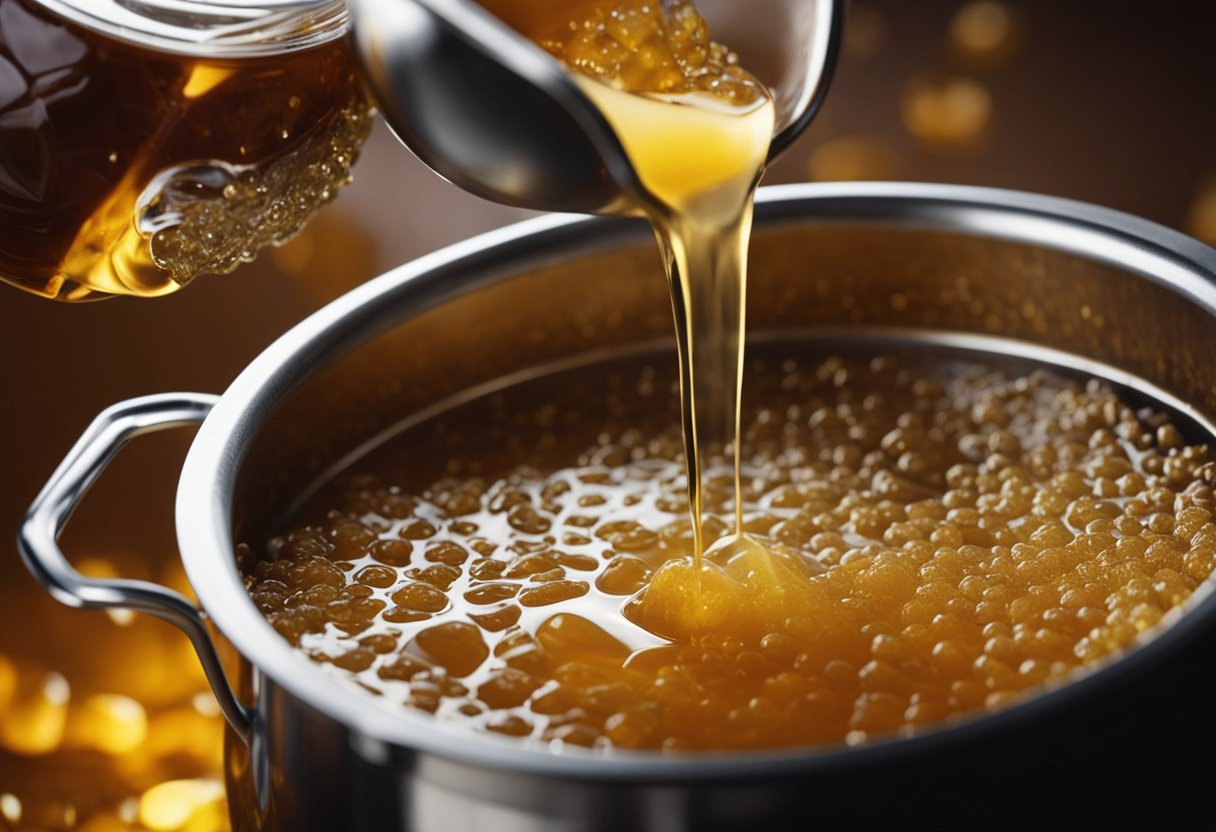
When it comes to making homemade caramel, choosing the right ingredients is crucial to achieving the perfect texture and flavor. In this section, we will discuss the two main ingredients in caramel: sugar and dairy.
Types of Sugar
The type of sugar you use in your caramel recipe can affect the final product. Granulated white sugar is the most commonly used sugar in caramel recipes. It is important to note that brown sugar, powdered sugar, and other types of sugar are not suitable for caramel making.
However, you can experiment with different types of granulated sugar, such as organic cane sugar or demerara sugar, to add a unique flavor to your caramel. Keep in mind that different types of sugar may require different cooking times and temperatures.
Dairy Selection
The dairy you use in your caramel recipe can also affect the final product. Heavy cream is the most commonly used dairy in caramel recipes. It is important to note that milk or half-and-half are not suitable for caramel making.
When choosing heavy cream, opt for a high-fat content, such as 35% or higher. This will help ensure a rich and creamy texture in your caramel. You can also experiment with different types of dairy, such as coconut cream or condensed milk, to add a unique flavor to your caramel. Keep in mind that different types of dairy may require different cooking times and temperatures.
By choosing the right ingredients for your homemade caramel, you can ensure a perfect texture and flavor every time.
Step-by-Step Caramel Preparation
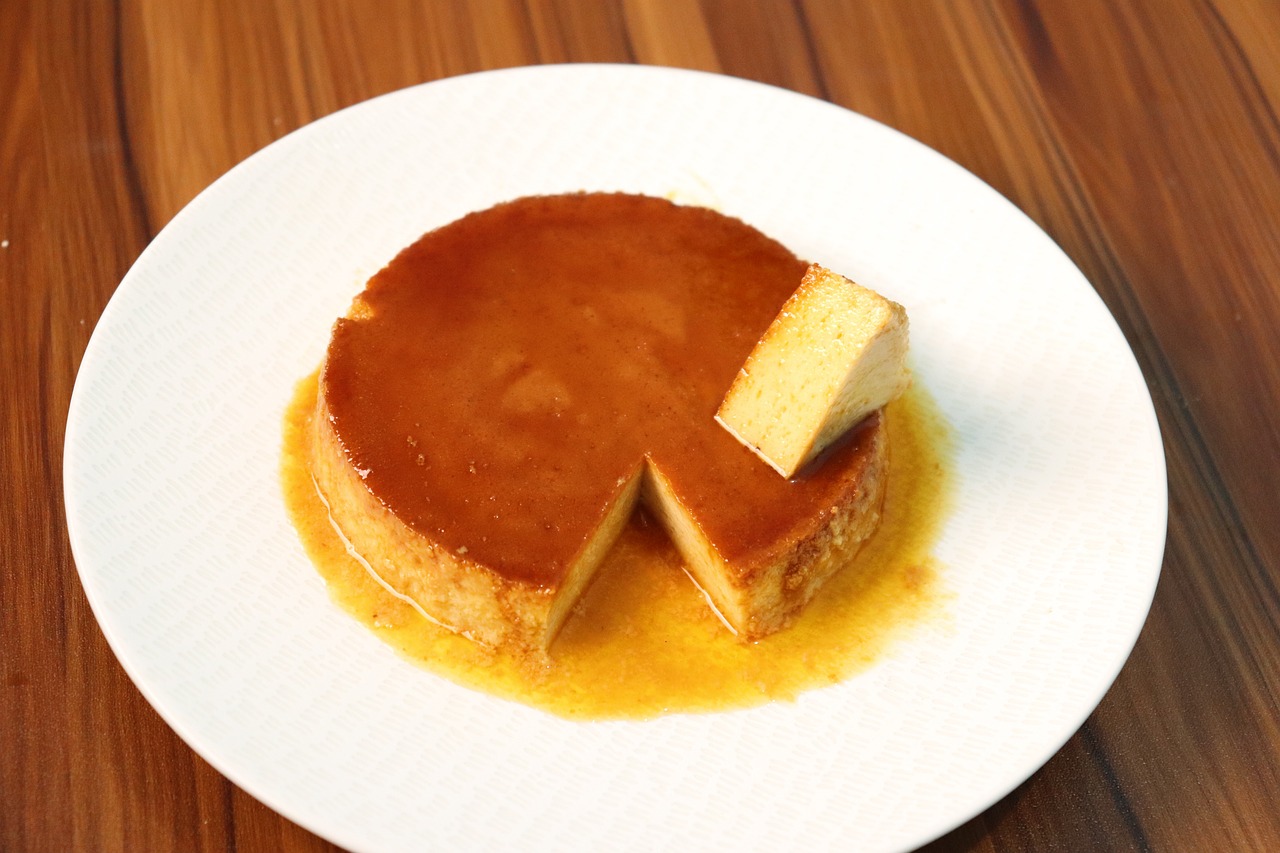
Making homemade caramel can be intimidating, but it’s actually quite simple. With a few basic ingredients and some patience, you can create a delicious caramel sauce that’s perfect for drizzling over ice cream, dipping apples, or adding to your favorite baked goods. Here’s a step-by-step guide to making caramel at home.
Melting Sugar
The first step in making caramel is melting the sugar. In a heavy-bottomed saucepan, combine granulated sugar and a small amount of water. The water helps to dissolve the sugar and prevent it from burning. Place the saucepan over medium heat and stir the mixture until the sugar has completely dissolved.
Once the sugar has dissolved, stop stirring and let the mixture come to a boil. Do not stir the mixture while it’s boiling, but you can gently swirl the pan to ensure even cooking. Keep an eye on the sugar as it cooks, as it can quickly go from a light golden color to burnt.
Combining Ingredients
Once the sugar has reached a deep amber color, it’s time to add the other ingredients. Remove the saucepan from the heat and add heavy cream, unsalted butter, and a pinch of salt. Be careful when adding the cream, as the mixture will bubble up and steam.
Stir the mixture until the butter has melted and the ingredients are well combined. If you want to add additional flavorings, such as vanilla extract or sea salt, now is the time to do so.
Achieving the Perfect Consistency
The final step in making caramel is achieving the perfect consistency. If you want a thinner sauce, you can add a splash of milk or cream to the mixture. And If you want a thicker sauce, you can let the mixture cool for a few minutes before using it.
If you’re using the caramel as a dip for apples or other fruits, you’ll want a thicker consistency. If you’re using it as a sauce for ice cream or cake, you’ll want a thinner consistency.
In conclusion, making homemade caramel is easier than you might think. By following these simple steps, you can create a delicious caramel sauce that’s perfect for all your favorite desserts.
Troubleshooting Common Caramel Issues
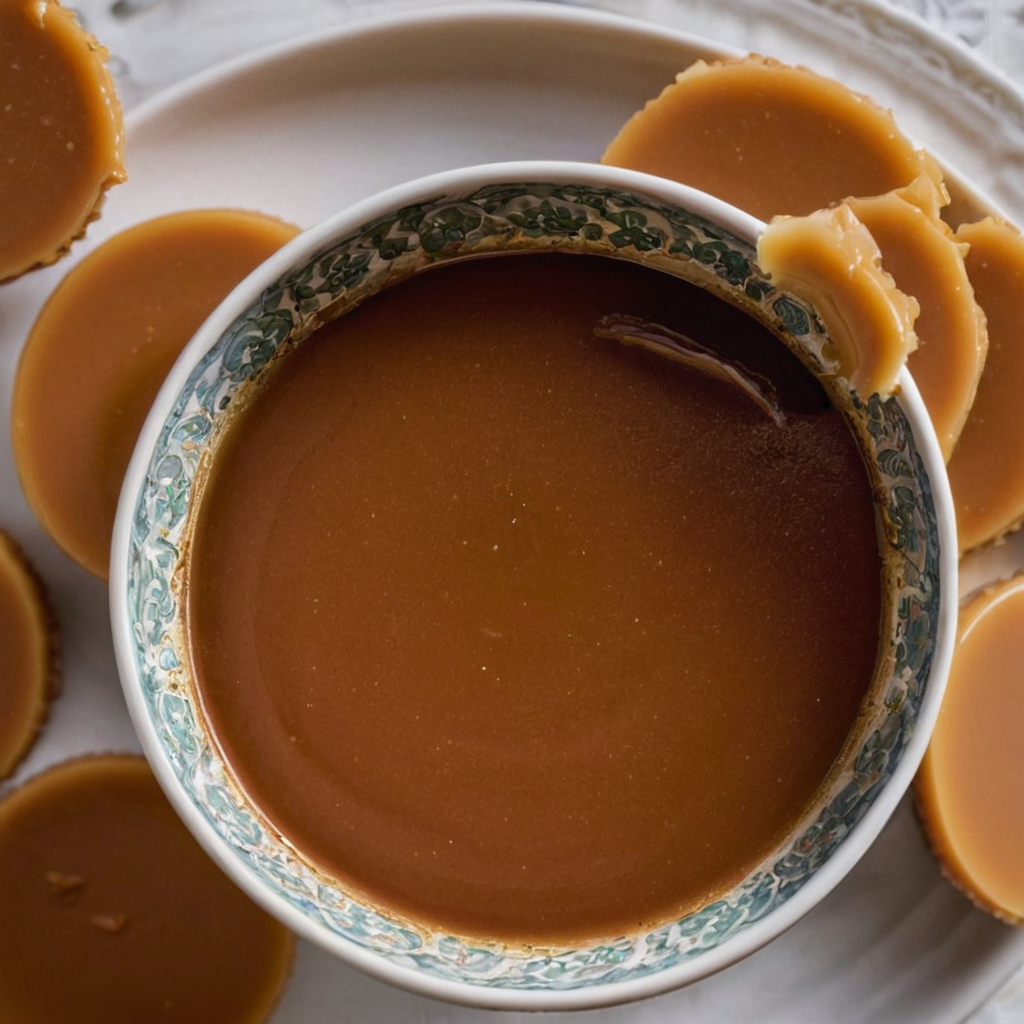
Making homemade caramel can be a tricky process, and sometimes things don’t go as planned. Here are some common caramel issues and how to troubleshoot them.
Preventing Crystallization
One of the most common problems with making caramel is crystallization. Crystallization happens when sugar crystals form in the caramel, giving it a grainy texture. To prevent crystallization, make sure all the sugar crystals are dissolved before the mixture boils. You can do this by stirring the sugar and water mixture until the sugar is completely dissolved. Once the mixture starts boiling, do not stir it. Instead, swirl the pan occasionally to make sure the caramel cooks evenly.
Another way to prevent crystallization is to add an acid to the mixture. Adding a small amount of lemon juice or cream of tartar to the sugar and water mixture can help prevent crystallization. The acid breaks down the sugar molecules and prevents them from forming crystals.
Fixing Burnt Caramel
If you accidentally burn your caramel, don’t worry. You can still salvage it. First, remove the pan from the heat immediately. If the caramel is only slightly burnt, you can try to stir it vigorously to mix the burnt parts with the rest of the caramel. This may help mask the burnt taste.
If the caramel is severely burnt, you may need to start over. However, you can still use the burnt caramel to add flavor to other dishes. For example, you can add a small amount of burnt caramel to coffee or hot chocolate to give it a rich, smoky flavor.
By following these tips, you can troubleshoot common caramel issues and achieve a perfect batch of homemade caramel every time.
Flavor Variations and Add-Ins
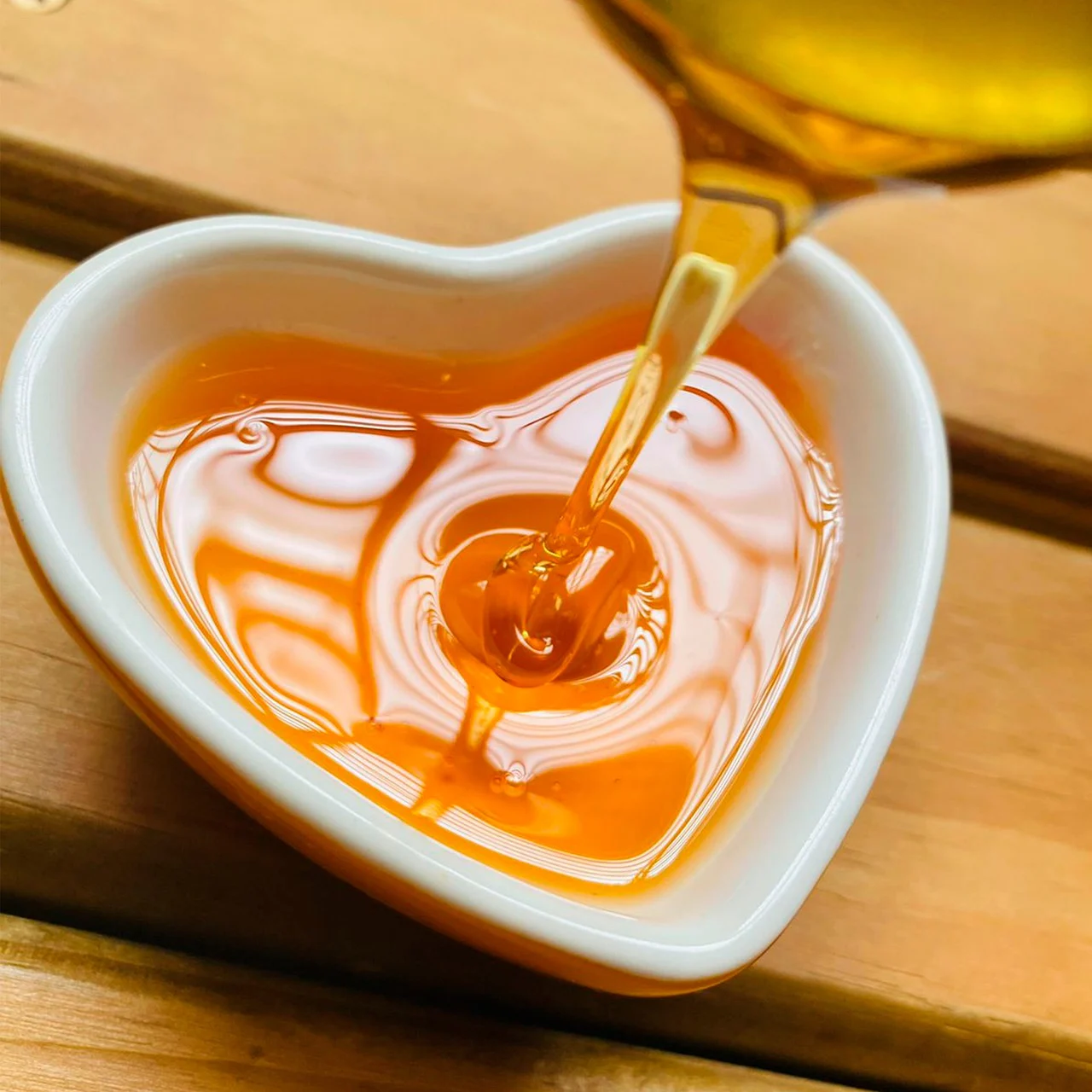
If you’re looking to add some unique flavors or textures to your homemade caramel, there are a variety of options to choose from. Here are some sweet and savory options, as well as seasonal ingredients to consider:
Sweet and Savory Options
- Salted Caramel: Add a pinch of sea salt to your caramel mixture for a classic sweet and salty flavor combination. You can also experiment with other types of salt, such as smoked or flavored salts, for a unique twist.
- Spices: Try adding spices like cinnamon, nutmeg, or cardamom to your caramel for a warm and cozy flavor. You can also experiment with savory spices like cumin or chili powder for a more complex flavor profile.
- Herbs: Fresh herbs like rosemary, thyme, or lavender can add a subtle, earthy flavor to your caramel. Just be sure to chop them finely and strain them out before pouring your caramel into a pan.
- Cheese: Believe it or not, adding cheese to your caramel can create a delicious and unexpected flavor. Try stirring in some grated Parmesan or sharp cheddar for a savory twist.
Seasonal Ingredients
- Pumpkin: Add some pumpkin puree and pumpkin pie spice to your caramel for a delicious fall flavor. This is perfect for drizzling over apple slices or using as a dip for gingersnap cookies.
- Peppermint: Crush up some candy canes and stir them into your caramel for a festive holiday treat. This pairs well with chocolate and makes a great topping for hot cocoa.
- Citrus: Add some fresh citrus zest to your caramel for a bright, refreshing flavor. This is perfect for summer and pairs well with fruit salads or ice cream.
No matter what flavor variations or add-ins you choose, be sure to taste your caramel as you go and adjust the seasoning as needed. With a little experimentation, you can create a truly unique and delicious homemade caramel.
Storing and Preserving Caramel
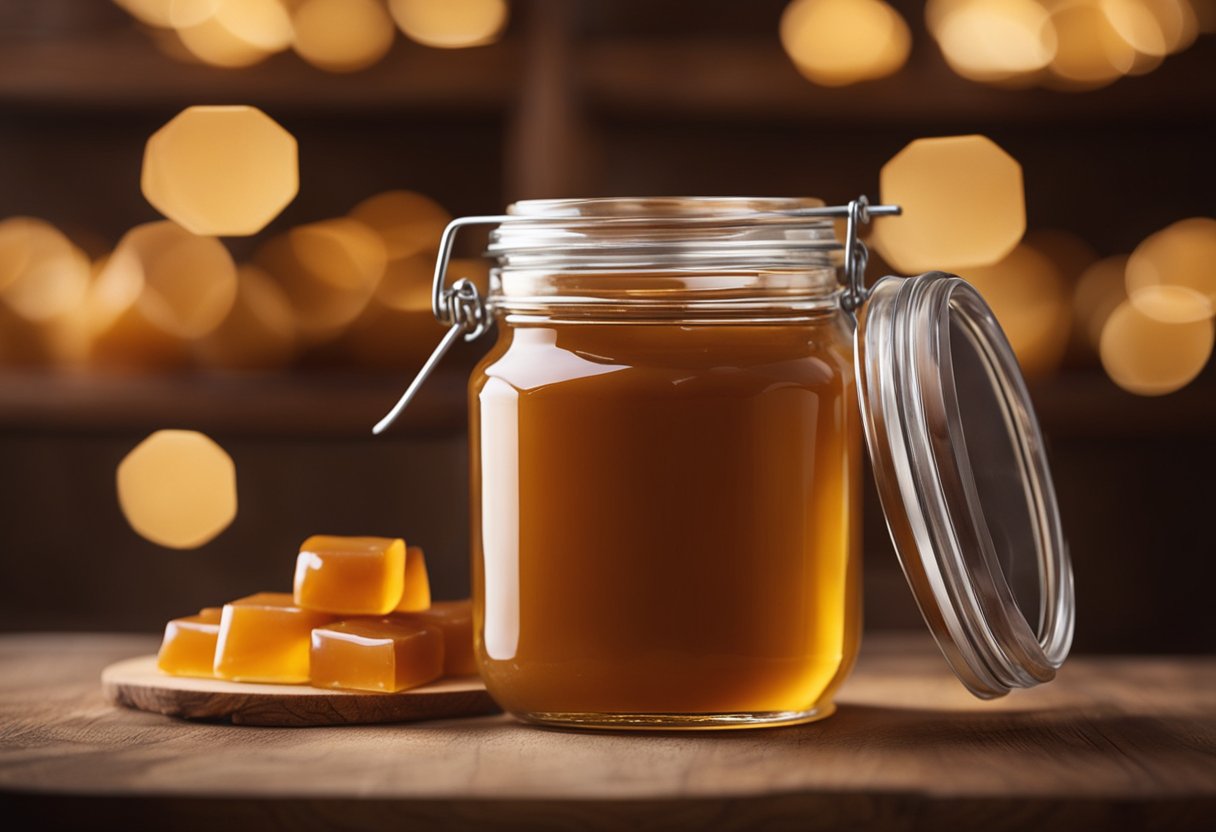
When it comes to homemade caramel, proper storage is key to maintaining its flavor and texture. Below are some tips for storing and preserving your homemade caramel.
Short-Term Storage Tips
If you plan to consume your caramel within a few days, storing it at room temperature is the best option. Simply transfer your caramel to an airtight container or jar and keep it in a cool, dry place away from direct sunlight. Make sure to label your container with the date you made the caramel to keep track of its freshness.
If you’re making caramel candies, it’s best to wrap them individually in wax paper and store them in an airtight container. This will prevent the candies from sticking together and maintain their shape.
Long-Term Preservation
For long-term storage, freezing is the best option. Transfer your caramel to an airtight container or freezer-safe bag, ensuring that it is completely cooled before sealing. Squeeze out as much air as possible to prevent freezer burn and label the container or bag with the date to keep track of its freshness.
When you’re ready to use your frozen caramel, thaw it in the refrigerator for several hours or overnight. Once thawed, you can gently reheat the caramel on the stove or in the microwave for optimal texture and flavor.
It’s important to note that caramel can become grainy or separate after thawing. To avoid this, stir the caramel frequently while reheating it and add a splash of cream or milk to help bring it back together.
Overall, proper storage is crucial to maintaining the quality of your homemade caramel. Whether you choose to store it at room temperature or in the freezer, make sure to label your containers with the date to keep track of its freshness.
Incorporating Caramel into Recipes
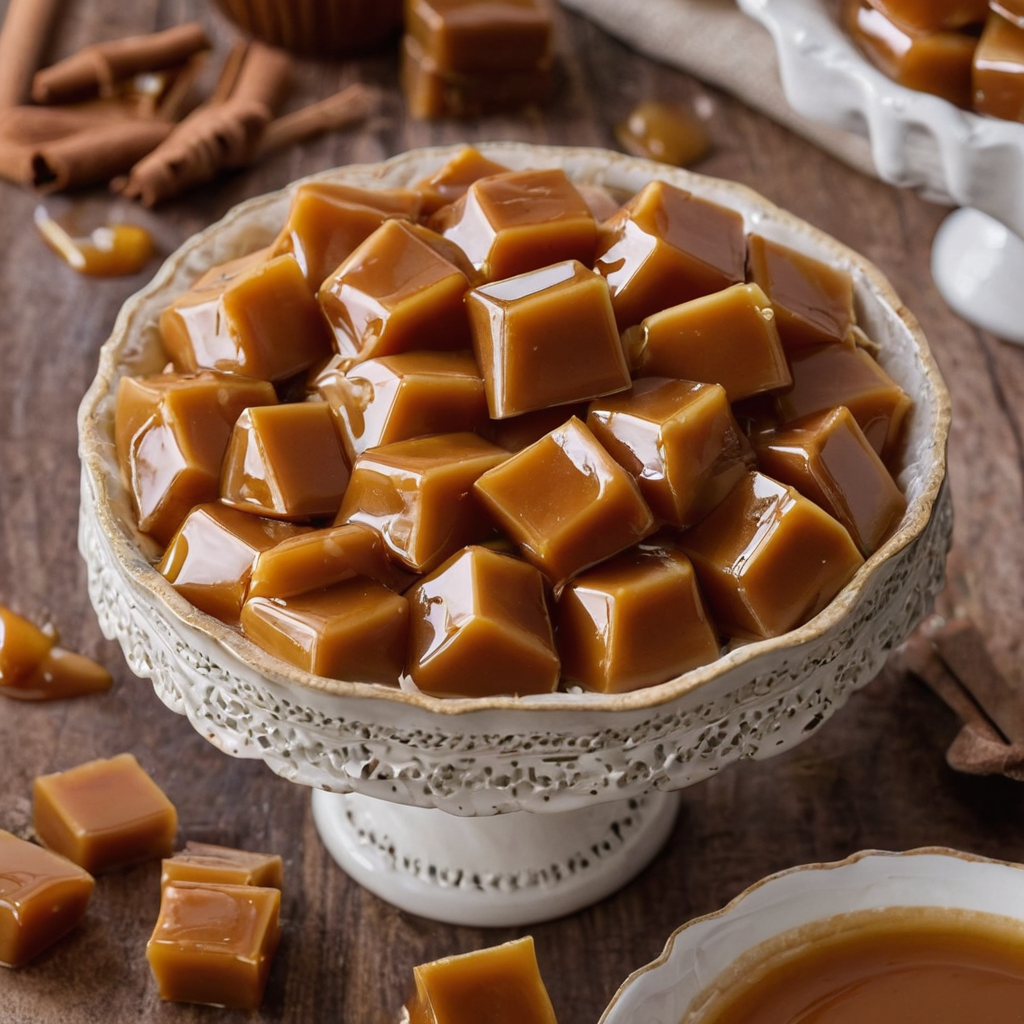
Caramel is a versatile ingredient that can be used in a variety of recipes to add sweetness and depth of flavor. Whether you’re making desserts or savory dishes, caramel can take your cooking to the next level. Here are some ideas on how to incorporate caramel into your recipes.
Desserts and Sweets
Caramel is a classic ingredient in many desserts and sweets. Here are some ideas on how to use caramel in your sweet treats:
- Caramel sauce: Drizzle caramel sauce over ice cream, cakes, pies, or any other dessert for a sweet and decadent finish. You can make your own caramel sauce using this recipe from Taste of Home.
- Caramel apples: Dip apples in caramel for a classic fall treat. You can use homemade caramel or store-bought caramel candies for this recipe.
- Caramel popcorn: Add caramel to popcorn for a sweet and salty snack. You can make your own caramel popcorn using this recipe from The Stay at Home Chef.
Savory Dishes
Caramel can also be used in savory dishes to add a touch of sweetness and depth of flavor. Here are some ideas on how to use caramel in your savory dishes:
- Caramelized onions: Caramelized onions are a delicious addition to burgers, sandwiches, pizzas, and more. You can caramelize onions by cooking them slowly in a pan with a bit of sugar until they turn golden brown.
- Caramelized carrots: Caramelized carrots are a sweet and savory side dish that pairs well with roasted meats. You can caramelize carrots by roasting them in the oven with a bit of honey or maple syrup.
- Caramelized pork: Caramelized pork is a popular Vietnamese dish that is sweet, savory, and packed with flavor. You can make caramelized pork using this recipe from The Spruce Eats.
Incorporating caramel into your recipes is a great way to add sweetness and depth of flavor. Whether you’re making desserts or savory dishes, there are many ways to use caramel to take your cooking to the next level.
Health and Nutrition Considerations
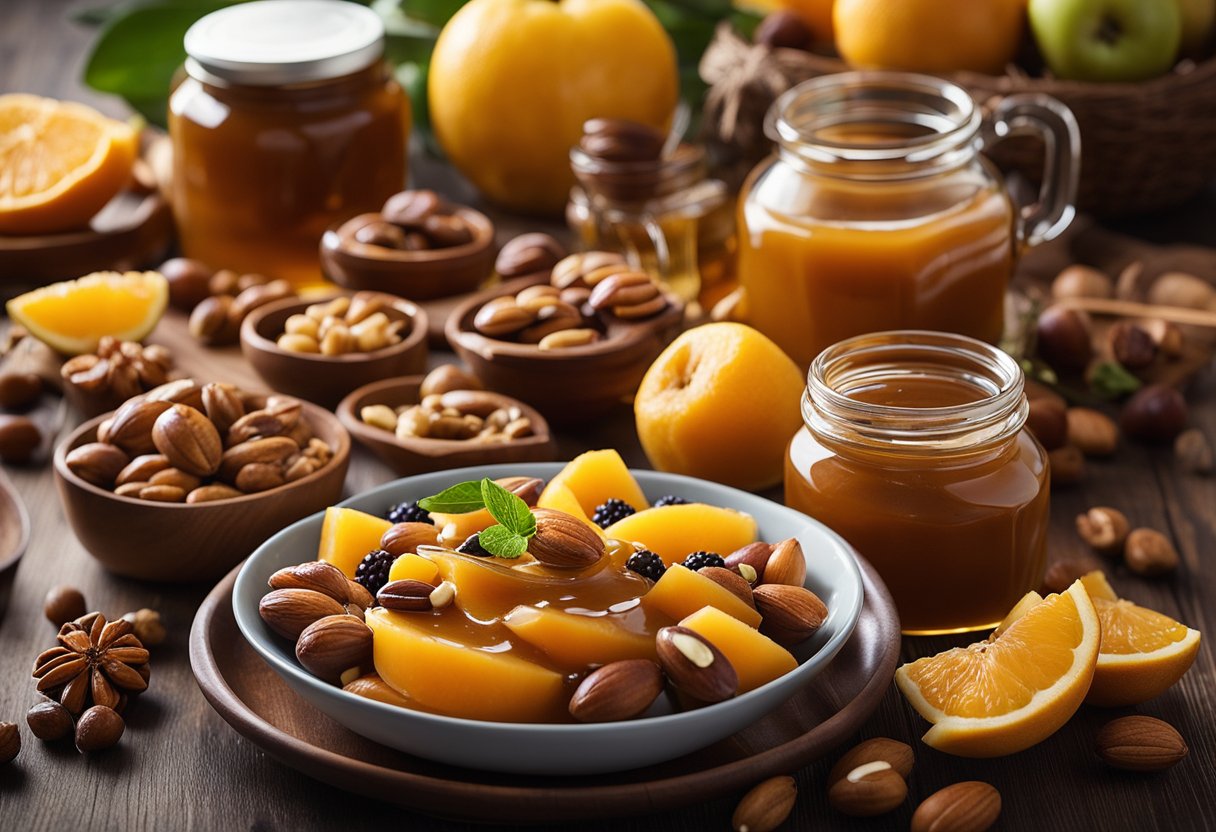
Caloric Content
When it comes to homemade caramel, it is important to consider its caloric content. Caramel is a sweet treat that is often high in calories, so it’s important to enjoy it in moderation. A single serving of caramel can contain anywhere from 100 to 200 calories, depending on the recipe and serving size. If you are watching your calorie intake, it is important to be mindful of how much caramel you consume.
Dietary Restrictions
If you have certain dietary restrictions, it is important to be aware of the ingredients used in homemade caramel. Many caramel recipes contain dairy products such as butter or cream, which may not be suitable for those who are lactose intolerant or follow a vegan diet. Some recipes may also contain nuts or other allergens, so it’s important to read the ingredients carefully before consuming.
If you are looking for a healthier alternative to traditional caramel, there are many recipes available that use alternative sweeteners or healthier ingredients. For example, some recipes use coconut sugar or honey instead of refined sugar, while others use almond milk or coconut cream instead of dairy products. These alternatives can provide a healthier option for those who want to enjoy caramel without the added calories and sugar.
Overall, homemade caramel can be a delicious treat when enjoyed in moderation. By being mindful of the ingredients and portion sizes, you can indulge in this sweet treat without compromising your health.
Creative Presentation Ideas
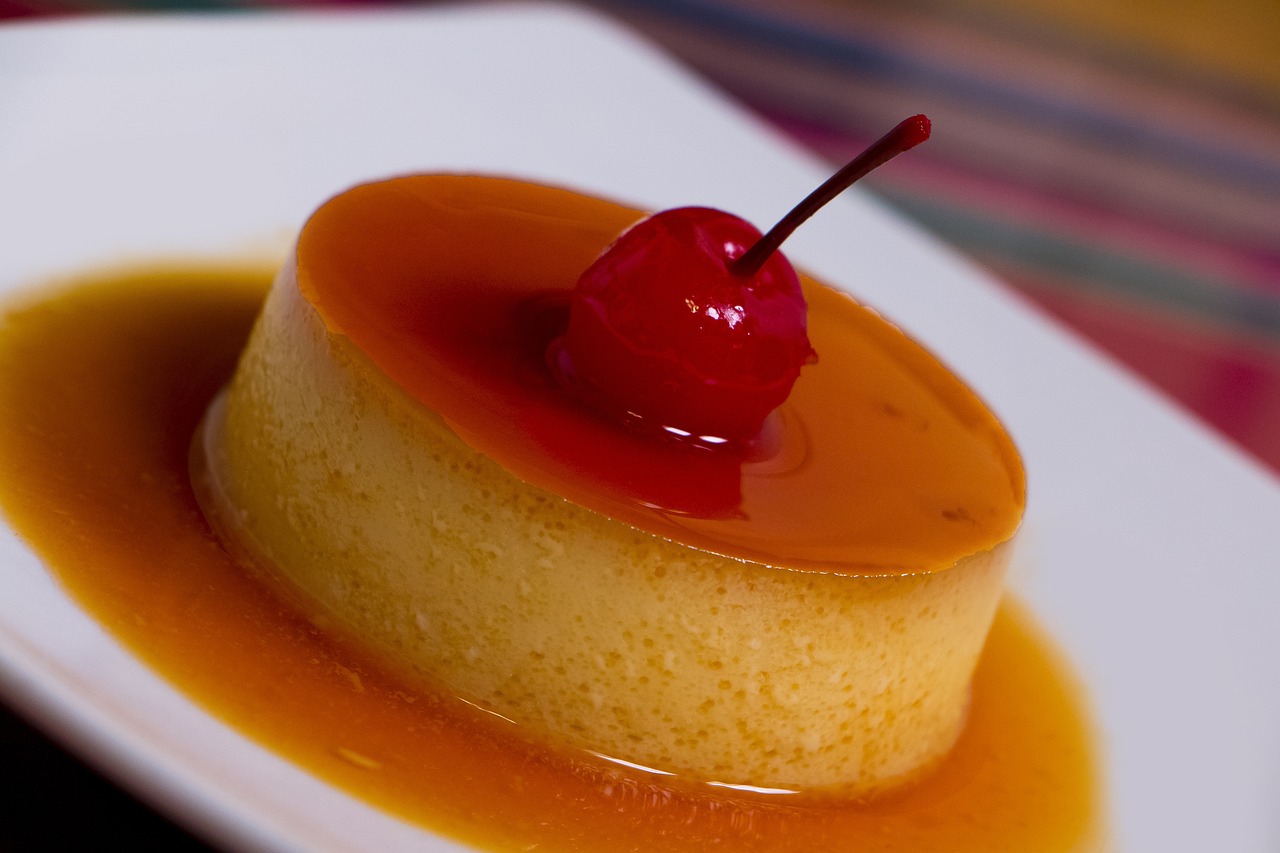
When it comes to serving homemade caramel, presentation is key. The way you present your caramel can elevate the experience and make it even more enjoyable. Here are some creative presentation ideas to make your homemade caramel stand out.
Plating Techniques
Plating is an art form, and there are many techniques you can use to make your caramel look beautiful. One simple technique is to use a squeeze bottle to drizzle the caramel sauce over your dessert in an artistic pattern. You can also use a spoon to create a swirl pattern on the plate.
Another technique is to use a mold to shape the caramel into a decorative shape. You can use a cookie cutter or silicone mold to create shapes like hearts, stars, or flowers. Once the caramel has set, you can place it on top of your dessert or use it as a garnish.
Decorative Uses
Caramel can also be used as a decorative element in your desserts. You can create a caramel cage by drizzling caramel over a metal mold and letting it cool. Once the caramel has hardened, you can carefully remove the mold to reveal a beautiful cage that you can place on top of your dessert.
Another idea is to use caramel shards to add texture and visual interest to your dessert. To make caramel shards, pour the caramel onto a baking sheet lined with parchment paper. Once the caramel has cooled, break it into irregular pieces and use them to decorate your dessert.
With these creative presentation ideas, you can take your homemade caramel to the next level and impress your guests. Try out different techniques and have fun with it!
Caramel in Different Cultures
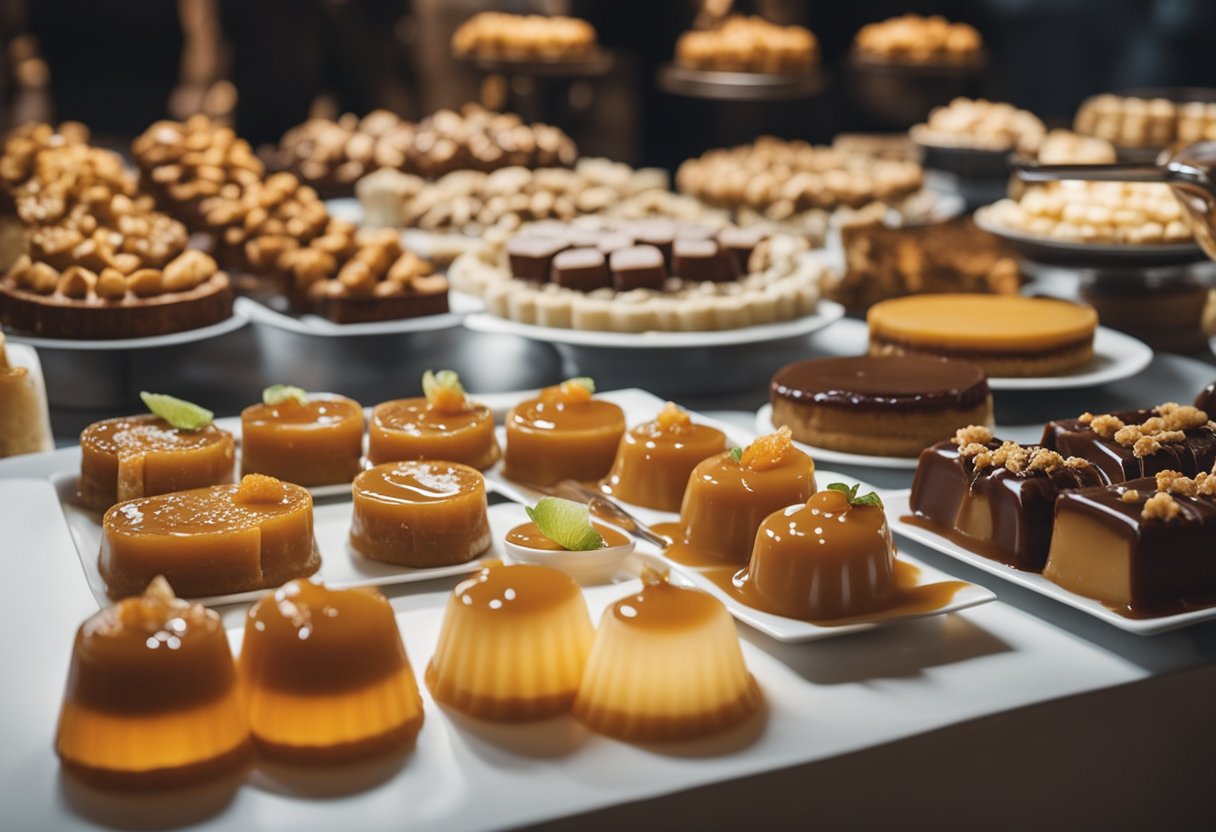
It is a versatile and delicious treat that has been enjoyed in different cultures for centuries. From rich and creamy caramel sauces to chewy caramel candies, this sweet treat has a wide range of uses. In this section, we will explore some of the different caramel techniques and traditions from around the world.
French Caramel Techniques
It is known for its rich and decadent desserts, and caramel is no exception. This French caramel techniques typically involve cooking sugar until it caramelizes, then adding cream or butter to create a rich and creamy sauce. This technique is used to make classic French desserts like crème brûlée, caramel flan, and tarte tatin.
One of the most important things to keep in mind when making French caramel is to be patient. It takes time for the sugar to caramelize properly, and rushing the process can result in burnt caramel. Use a heavy-bottomed saucepan to ensure even heat distribution, and stir the sugar constantly until it melts and turns a deep golden brown.
Caramel Around the World
Caramel is a popular treat in many cultures around the world, and each culture has its own unique twist on this sweet treat. In Asia, for example, caramel desserts are celebrated for their diversity and innovation. From Japan’s delicate caramel custards to India’s rich and aromatic caramelized sweets, Asian cultures have infused caramel with a myriad of flavors and spices, creating a tapestry of culinary delights.
In Latin America, caramel is often used as a topping for flan and other desserts. Dulce de leche, a type of caramel made by cooking sweetened condensed milk, is a popular ingredient in many Latin American desserts. In the Middle East, caramel is often used in pastries and sweets, such as baklava and halva.
No matter where you go in the world, you are sure to find a unique and delicious take on caramel. Whether you prefer it as a sauce, a candy, or a topping, there is no denying the appeal of this sweet and versatile treat. And with homemade caramel, you can experiment with different flavors and techniques to create your own signature caramel creations.
Frequently Asked Questions
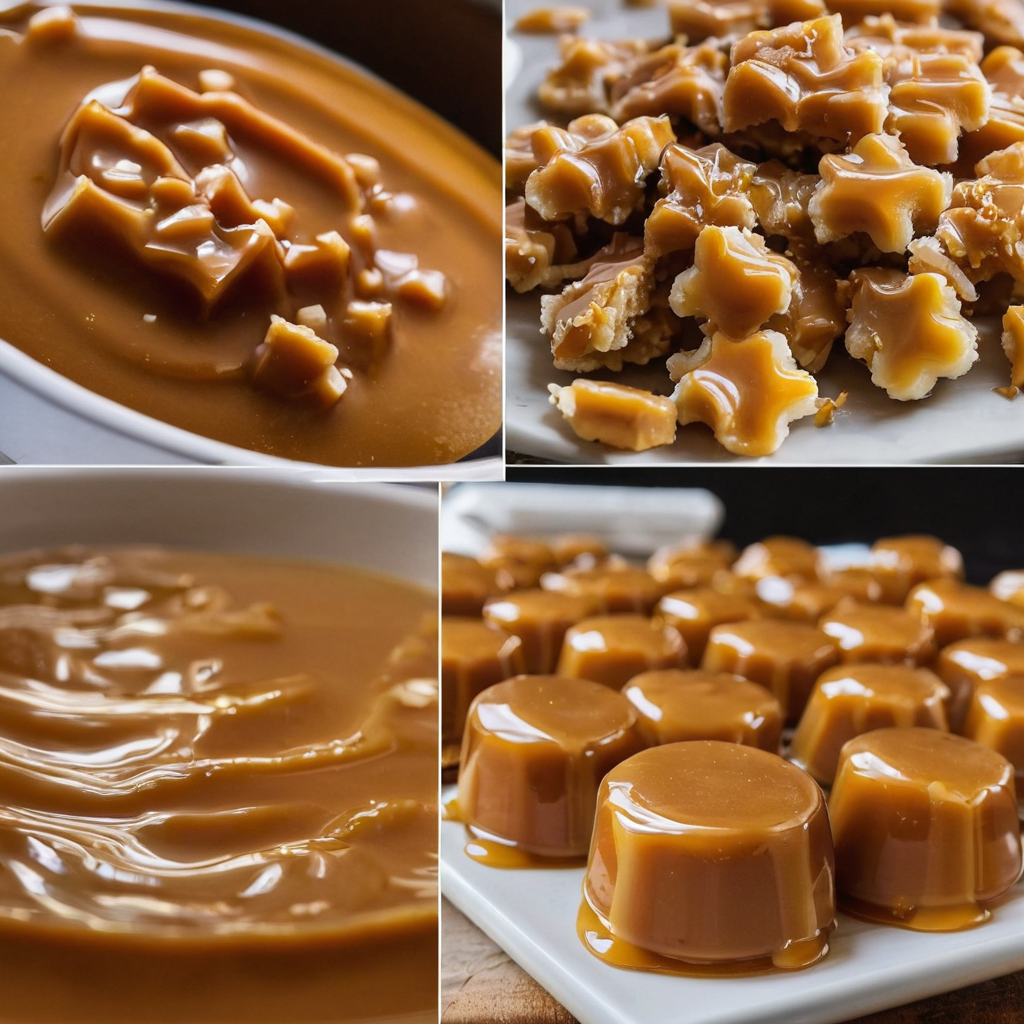
How can I make caramel sauce using condensed milk?
To make caramel sauce using condensed milk, you can combine sweetened condensed milk, butter, and brown sugar in a saucepan over low heat. Stir the mixture constantly until it thickens and turns a caramel color. This method is a quick and easy way to make caramel sauce without having to worry about the sugar crystallizing.
What are the essential ingredients for making homemade caramel candy?
The essential ingredients for making homemade caramel candy are sugar, butter, heavy cream, and corn syrup. These ingredients are heated together until the sugar dissolves and the mixture turns a caramel color. The candy is then poured into a mold or onto a baking sheet to cool and harden.
What is the difference between using white sugar and brown sugar in caramel recipes?
Using white sugar in caramel recipes will result in a lighter color and a more delicate flavor. Brown sugar, on the other hand, will produce a darker color and a richer, more complex flavor. Brown sugar also contains molasses, which can help prevent the sugar from crystallizing.
Can caramel be made without using heavy cream, and if so, how?
Yes, caramel can be made without using heavy cream. You can use milk, half-and-half, or even coconut milk as a substitute. Keep in mind that using a different type of milk may affect the flavor and texture of the caramel.
What are the key steps to ensuring a smooth caramel for coating apples?
To ensure a smooth caramel for coating apples, it is important to use a candy thermometer to monitor the temperature of the mixture. The caramel should reach a temperature of 235-240°F (113-116°C) before it is ready to be used. It is also important to stir the mixture constantly and to use a heavy-bottomed saucepan to prevent the sugar from burning.
What is the best method for creating crunchy caramel popcorn at home?
To create crunchy caramel popcorn at home, you can make a caramel sauce using sugar, butter, and corn syrup. Once the sauce has thickened and turned a caramel color, you can pour it over freshly popped popcorn and bake it in the oven until it is crispy. Adding nuts or other toppings can also add extra flavor and texture to the popcorn.
External Links
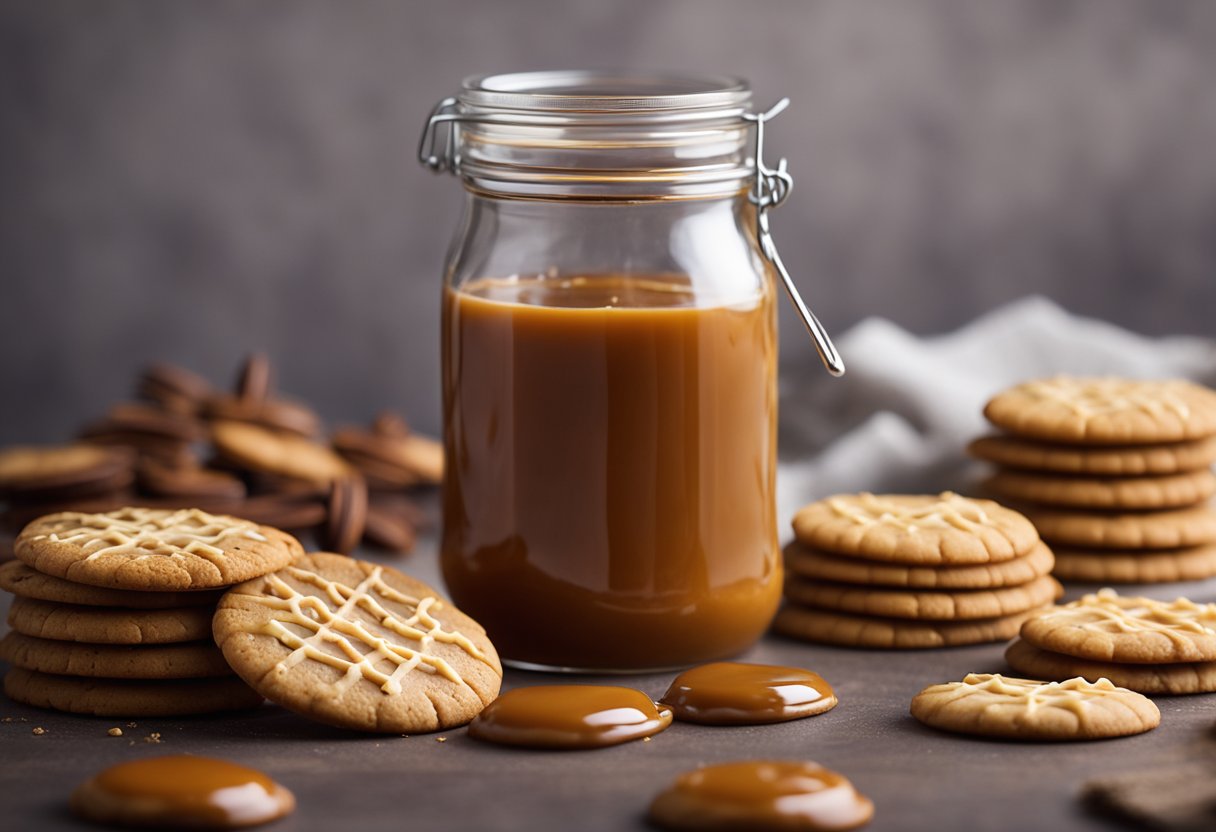
If you want to learn more about making homemade caramel, there are several external resources available online that can provide you with additional guidance and tips. Here are a few links that you might find helpful:
- Tastes Better From Scratch offers a step-by-step recipe for making homemade caramels, complete with photos and detailed instructions. The site also includes tips for ensuring that your caramels turn out perfectly every time.
- Shugary Sweets provides a recipe for soft and chewy homemade caramels that are perfect for gift-giving. The site also includes helpful tips for storing and packaging your caramels.
- Mel’s Kitchen Cafe offers a recipe for the “best caramels of your life,” as well as tips for troubleshooting common caramel-making problems. The site also includes a helpful video tutorial.
- King Arthur Baking provides a comprehensive guide to making caramel, with tips for avoiding common mistakes and troubleshooting problems. The site also includes a helpful video tutorial.
- Veena Azmanov offers a detailed recipe for making homemade caramels, as well as tips for customizing your caramels with different flavors and add-ins. The site also includes a helpful video tutorial.
By exploring these external resources, you can gain a deeper understanding of the process of making homemade caramel and learn tips and tricks for ensuring that your caramels turn out perfectly every time.
More FAQs
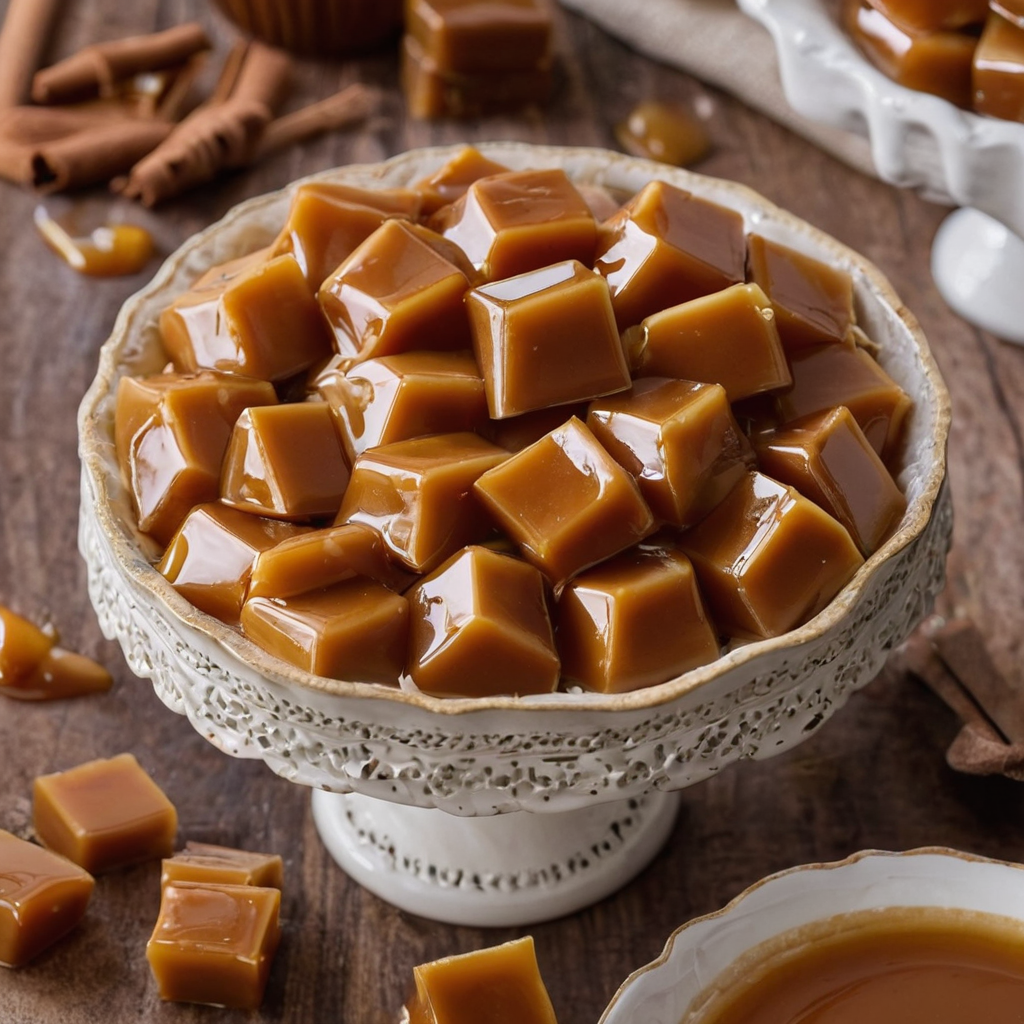
Why is my homemade caramel hard?
If your homemade caramel has turned out hard, it is likely that you have overcooked it. Caramel is made by heating sugar until it melts and turns a rich golden brown color. If you continue to cook it beyond this point, it will become hard and brittle. To avoid this, make sure you are using a candy thermometer to monitor the temperature of the caramel. The ideal temperature for caramel is around 248°F (120°C).
What is the secret to making caramel?
The secret to making caramel is to be patient and attentive. Caramel is a simple mixture of sugar and water, but it requires careful attention and monitoring to get it just right. One of the most important things to keep in mind is to avoid stirring the caramel once it starts to boil. Stirring can cause the sugar crystals to form, which will result in a grainy texture. Another tip is to add a pinch of salt to the caramel mixture. This will help to balance the sweetness and enhance the flavor.
What makes caramel special?
Caramel is special because of its rich, sweet flavor and its versatility in cooking and baking. It can be used to make candies, sauces, and desserts, and it pairs well with a variety of flavors, including chocolate, nuts, and fruits. Caramel is also a popular flavor in coffee and other beverages, and it can be used as a topping for ice cream, cakes, and other desserts.
Why does my homemade caramel taste bitter?
If your homemade caramel tastes bitter, it is likely that you have overcooked it or burned it. When sugar is heated too much, it can break down and produce a bitter taste. To avoid this, be sure to use a candy thermometer to monitor the temperature of the caramel and remove it from the heat as soon as it reaches the desired temperature. Additionally, make sure you are using a clean pot and utensils to avoid any contamination that could affect the flavor of the caramel.
Conclusion
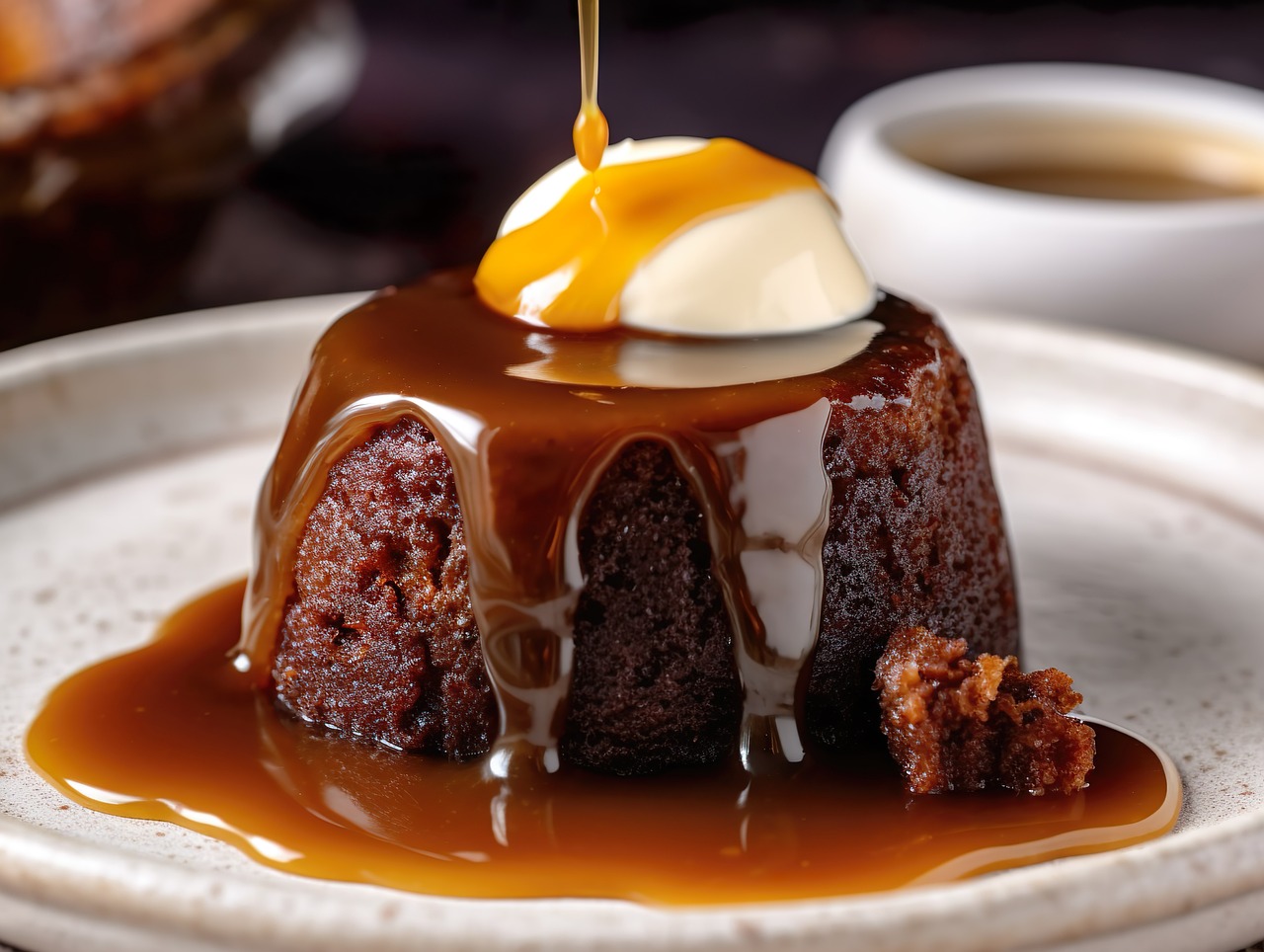
Congratulations! You have successfully learned how to make delicious homemade caramel. By following the steps outlined in this article, you can now create your own caramel sauce, candies, or other desserts at home.
Remember to always use caution when working with hot sugar and to have all of your ingredients and equipment ready before starting the cooking process.
Experiment with different flavorings and textures to create your own unique caramel creations. Try adding sea salt, vanilla extract, or even a splash of bourbon to your caramel sauce. You can also adjust the cooking time and temperature to achieve a softer or harder caramel candy.
Homemade caramel is a versatile and delicious addition to any dessert or sweet treat. Impress your friends and family with your newfound caramel-making skills and enjoy the sweet rewards!
Print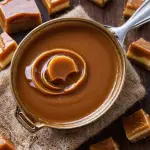
Easy Homemade Caramel Recipe
- Total Time: 15 minutes
- Yield: 1 cup 1x
- Diet: Vegetarian
Description
Homemade Caramel
Ingredients
- 1 cup granulated sugar
- 1/4 cup unsalted butter
- 1/2 cup heavy cream
- 1 teaspoon vanilla extract
- Pinch of salt
Instructions
- In a medium-sized saucepan, heat the granulated sugar over medium-high heat, stirring continuously with a wooden spoon or heat-resistant spatula until it melts and turns into a smooth, amber-colored liquid.
- Once the sugar is completely melted, add the unsalted butter and stir until it’s fully incorporated. Be cautious as the mixture will bubble.
- Slowly pour in the heavy cream while continuously stirring. The mixture will bubble again, so be careful.
- Allow the caramel to boil for 1-2 minutes, stirring constantly. Remove the saucepan from heat.
- Stir in the vanilla extract and a pinch of salt, ensuring they are well combined.
- Let the caramel cool for a few minutes before transferring it to a heat-resistant container or jar for storage.
Notes
Be cautious when working with hot caramel, as it can cause severe burns. Always use a heat-resistant utensil and handle with care. This caramel can be stored in the refrigerator for up to two weeks. To reheat, gently warm it in the microwave or on the stovetop, stirring until smooth.
- Prep Time: 5 minutes
- Cook Time: 10 minutes
- Category: Dessert, Condiment
- Method: Stovetop
- Cuisine: American
Nutrition
- Serving Size: 1 tablespoon
- Calories: 120
- Sugar: 13g
- Sodium: 20mg
- Fat: 7g
- Carbohydrates: 14g
- Fiber: 0g
- Protein: 0g
- Cholesterol: 20mg
Keywords: Homemade Caramel
